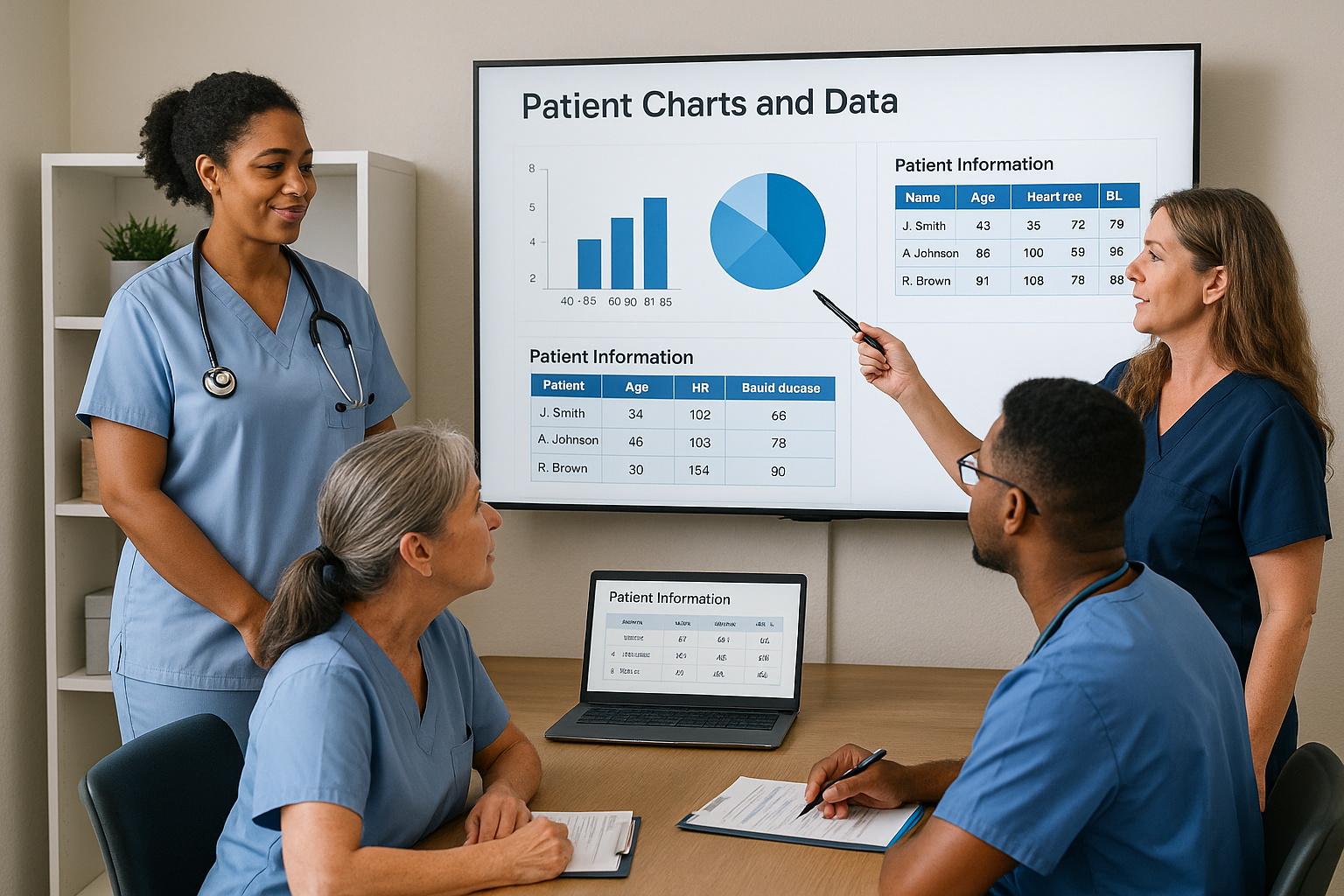Table of Contents

What Is PDGM Exactly — And Why Should You Care? A Complete Guide for Home Health Success
If you work in home health — whether as an intake nurse, clinician, administrator, or owner — you’ve likely heard the term PDGM tossed around. But what exactly is it? Why did Medicare change the rules? And why does it matter so much to your agency’s bottom line?
In this article, we’ll break it down simply, without jargon or fluff, so you can understand PDGM, why it was introduced, and how it impacts your daily work.
What Is PDGM? PDGM stands for Patient-Driven Groupings Model, Medicare’s payment system for home health services, which officially took effect on January 1, 2020. It replaced the old Prospective Payment System (PPS) and fundamentally changed how agencies get paid.
Under PPS, home health agencies were paid largely based on the volume of therapy visits over a 60-day period. More therapy = more money.
But under PDGM, Medicare flipped the model. Payment is patient-centered, meaning it focuses on the clinical characteristics and needs of the patient, not how many visits they receive.
Why Was PDGM Created? The old PPS model had issues:
It incentivized more therapy visits, not necessarily better patient care.
It didn’t account well for patient complexity.
Medicare spending was rising rapidly in home health.
PDGM was designed to:
Encourage value over volume.
Adjust payments based on patient characteristics, such as clinical group, comorbidities, and functional status.
Promote efficiency and accountability.
In short, it rewards agencies for providing the right care to the right patients — not just doing more visits.
How Does PDGM Work? PDGM breaks each patient episode into a 30-day payment period (down from the old 60-day period) and assigns them to one of 432 case-mix groups.
These groups are determined by:
Admission Source — Community or institutional.
Timing — Early or late.
Clinical Grouping — The main reason for care (e.g., musculoskeletal, neuro, wounds).
Functional Impairment Level — Low, medium, or high.
Comorbidity Adjustment — None, low, or high.
By combining these factors, Medicare adjusts payment to better match the patient’s actual needs and resource use.
Why Should You Care? You should care because PDGM touches everything in home health:
Intake & Referral Processing — Is the referral complete, and does it justify home health under PDGM rules?
Coding & OASIS — Are diagnoses and functional scores accurately documented?
Care Planning — Are services aligned with patient needs, or are you over- or under-utilizing visits?
Revenue Cycle — Are you getting paid what you deserve — or leaving money on the table?
A sloppy PDGM workflow can mean:
Lower reimbursement.
Increased audits.
Potential payment takebacks.
3 Big Benefits of Understanding PDGM ✅ Stronger Financial Health Agencies that master PDGM coding, documentation, and care coordination improve cash flow and reduce denials.
✅ Better Patient Outcomes By focusing on patient needs, PDGM encourages clinical best practices and targeted care.
✅ Reduced Compliance Risk Proper documentation and coding under PDGM protect you from audits and recoupments.
Common PDGM Challenges Even experienced agencies struggle with:
Picking the correct primary diagnosis that maps to a PDGM clinical group.
Completing Face-to-Face (FTF) documentation properly.
Accurately assessing functional status.
Managing early vs. late episodes correctly.
Training staff on how PDGM works across departments.
Tips for Success Under PDGM Here’s how your agency can stay ahead:
Provide ongoing training for intake, clinicians, and coders.
Use software tools to flag incomplete referrals or missing PDGM elements.
Implement regular internal audits to catch errors before claims go out.
Coordinate across teams — intake, clinical, billing — to align workflows.
Stay updated on Medicare and Medicaid updates.
Final Takeaway PDGM isn’t just a billing acronym. It’s a shift in how home health is delivered and paid for.
If you understand how it works and why it matters, you can help your agency deliver great patient care, stay financially strong, and remain compliant in a challenging healthcare landscape.
Whether you’re a nurse, office staff, or agency leader, knowing the basics of PDGM is no longer optional — it’s critical.